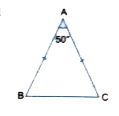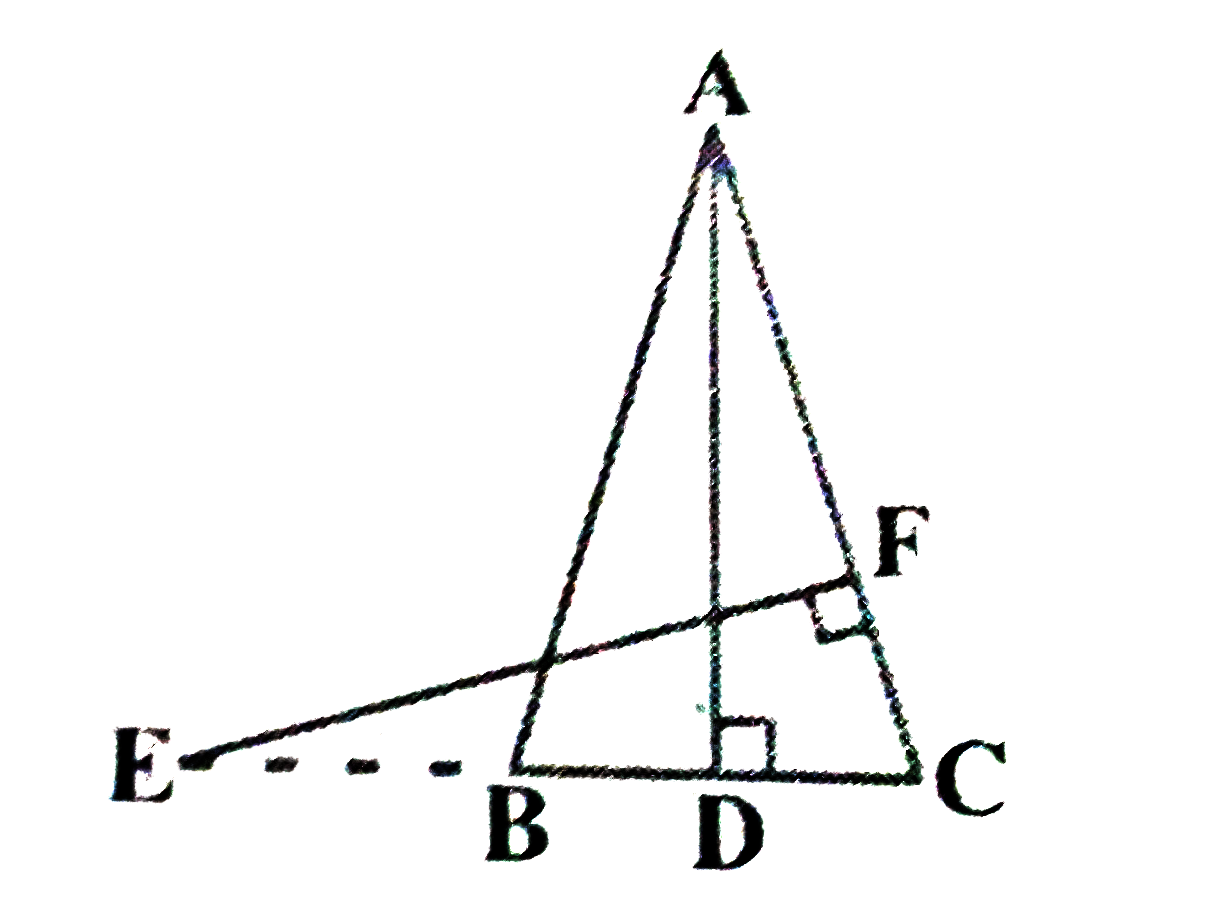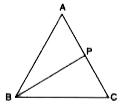In the adjoining figure, ΔABC is an isosceles triangle in which AB=AC. If BM⊥AC and CN⊥AB, prove that :
(i) ΔBMC≅ΔCNB
(ii) BM=CN

Step by step video & image solution for In the adjoining figure, DeltaABC is an isosceles triangle in which AB=AC. If BMbotAC and CNbotAB, prove that : (i) DeltaBMC~=DeltaCNB (ii) BM=CN by Maths experts to help you in doubts & scoring excellent marks in Class 7 exams.
Updated on:21/07/2023Topper's Solved these Questions
Similar Questions
In the adjoining figure, ΔABC is an isosceles triangles in which AB=AC and AD is a median. Prove that :
(i) ΔADB≅ΔADC
(ii) ∠BAD=∠CAD

View SolutionIn the adjoining figure, ΔABC is an isosceles triangles in which AB=AC and AD is the bisector of ∠A. Prove that :
(i) ΔADB≅ΔADC
(ii) ∠B=∠C
(iii) BD=DC
(iv) AD⊥BC

View SolutionIn the adjoining figure, ΔABC is an isosceles triangle in which AB = AC. Side CP is parallel to AB and AP is the bisector of exterior angle CAD of Δ ABC. Prove that ∠PAC=∠BCAand□ABCP is a parallelogram.

View SolutionIn the given figure AB=AC and AD=AE. Prove that (i) ΔABD≅ΔACE and (ii) BE=DC

View Solution(i) In the given figure, ΔABC is an isosceles triangle in which AB=AC and ∠A=50∘. Find the measure of ∠B and ∠C.

(ii) In the given figure, ΔPQR ia an isosceles triangle in which PQ=PR and ∠Q=70∘. Find ∠P.

View SolutionABC is a isosceles right angled triangle, right angled at C. prove that AB2=2AC2
View SolutionIn figureE is a point on side CB produced of an isosceles △ABC with AB=AC. If AD⊥BCandEF⊥AC, prove thatΔABD~ΔECF.

View SolutionABC is a triangle in which AB = AC and D is any point on BC. Prove that:
AB2−AD2=BD.CD
View SolutionIn the following figure, ABC is an equilateral triangle and P is any point in AC, prove that :
(i) BP>PA
(ii) BP>PC

View SolutionIn the following figure, ABC is an equilateral triangle and P is any point in AC, prove that :
(i) BP>PA
(ii) BP>PC

View Solution
